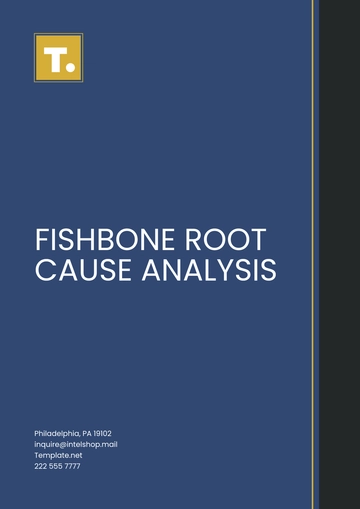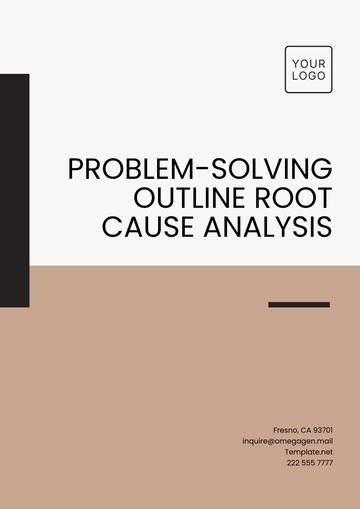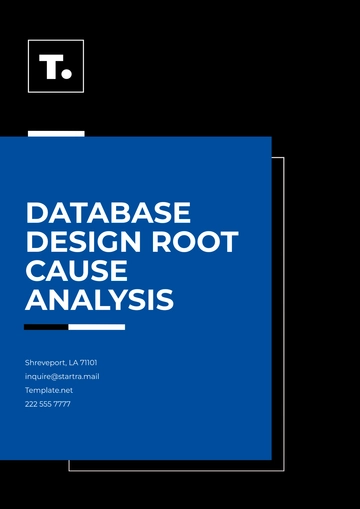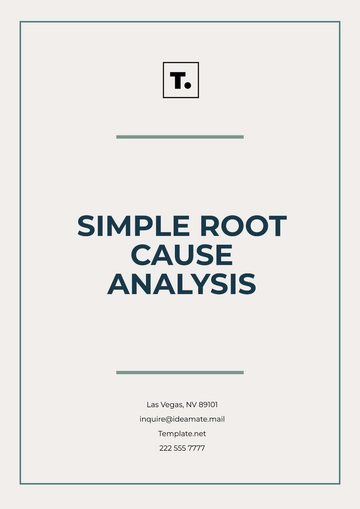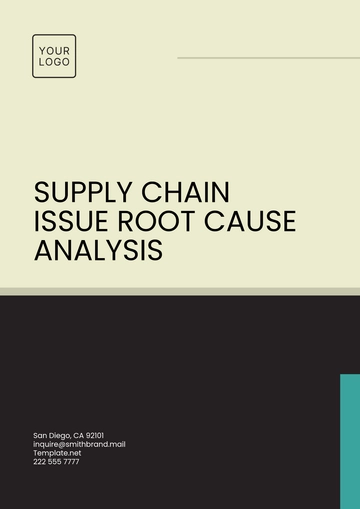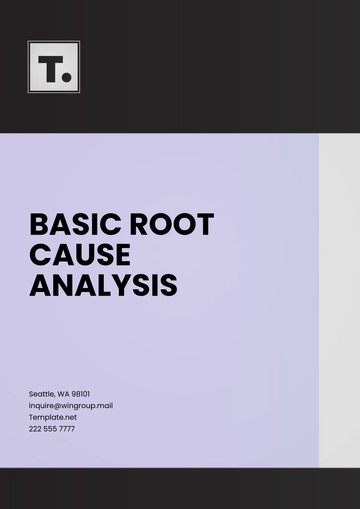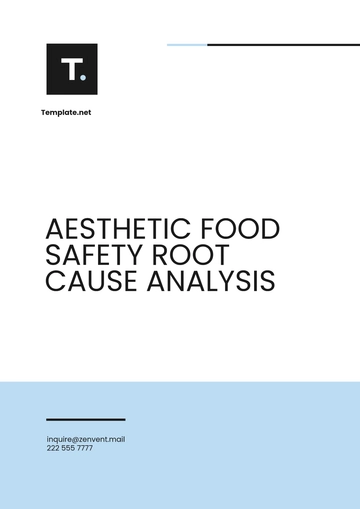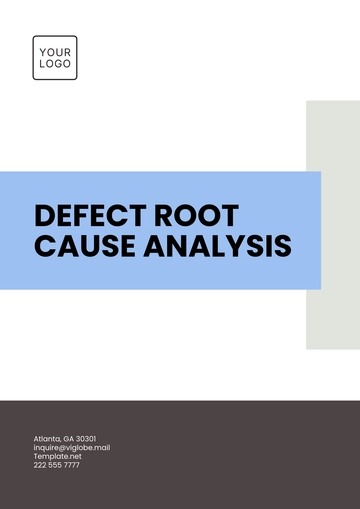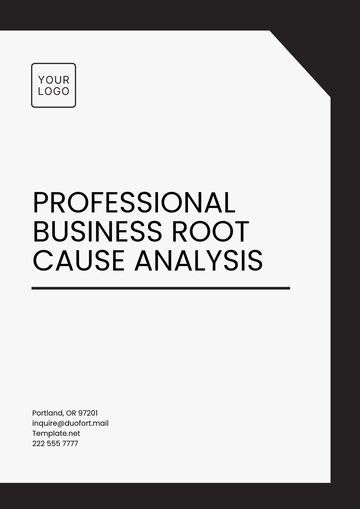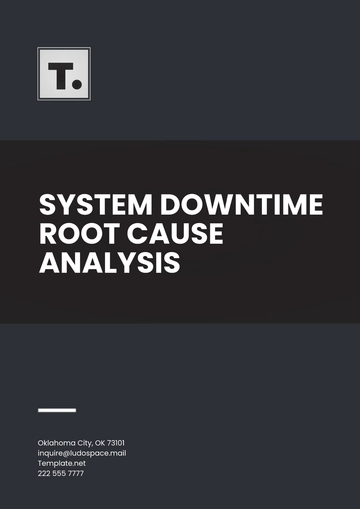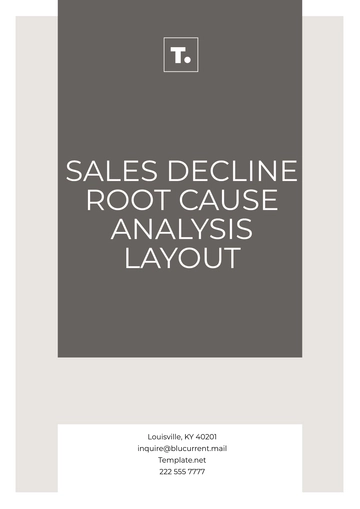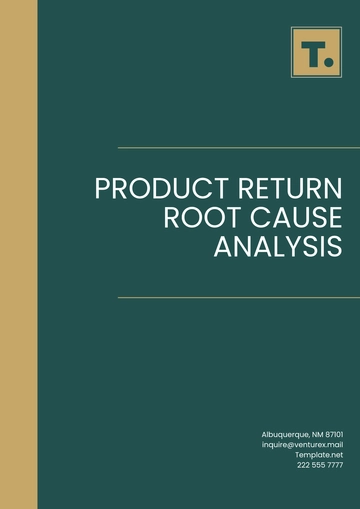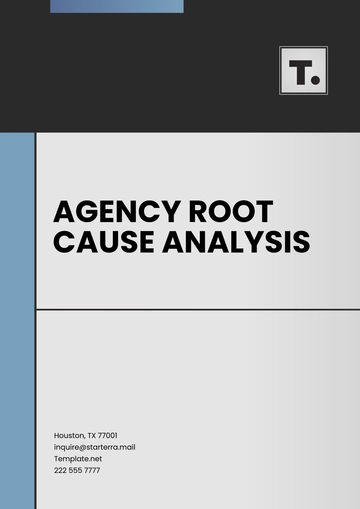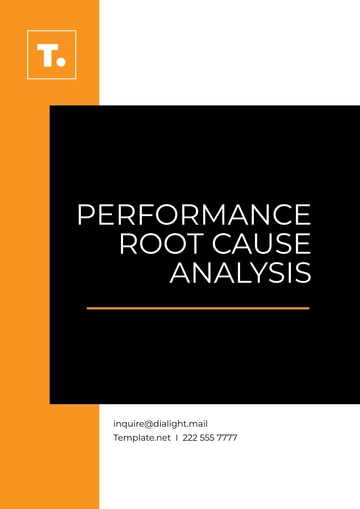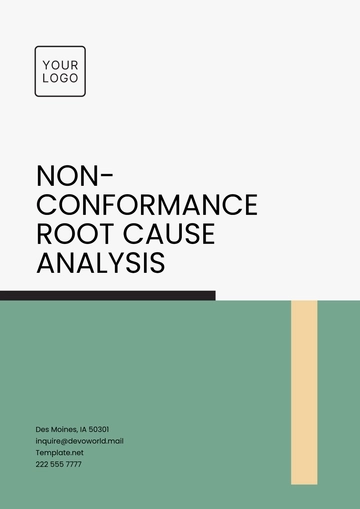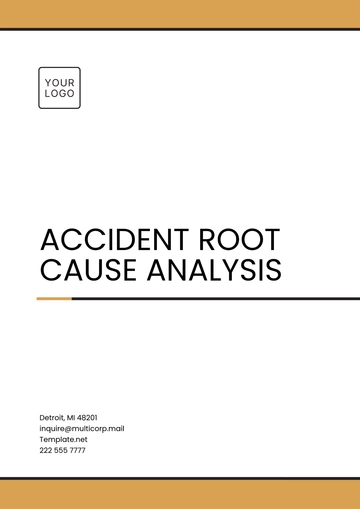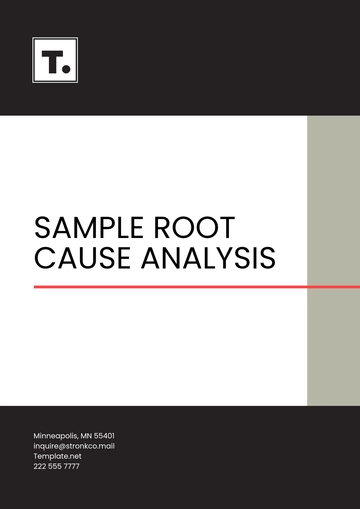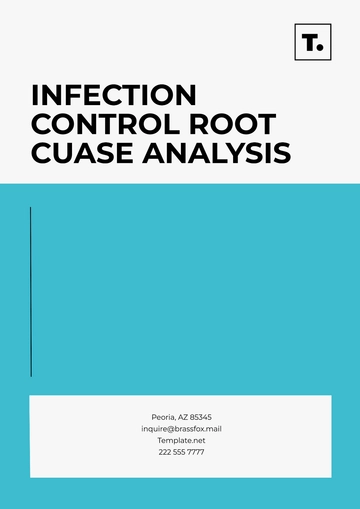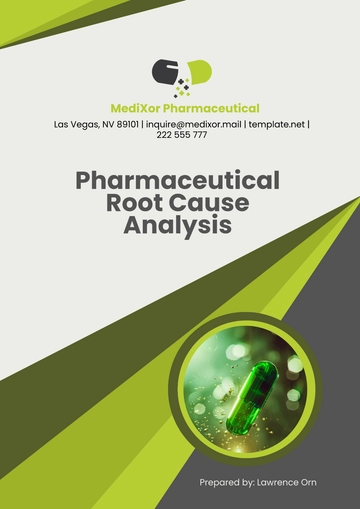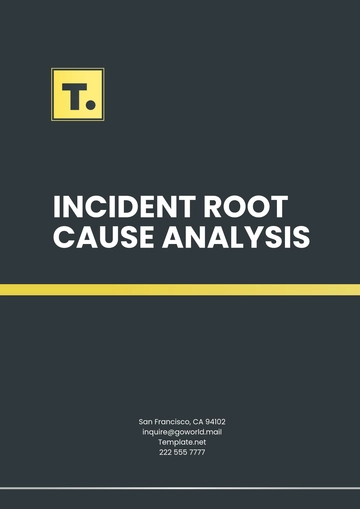Free Legal Case Analysis Report
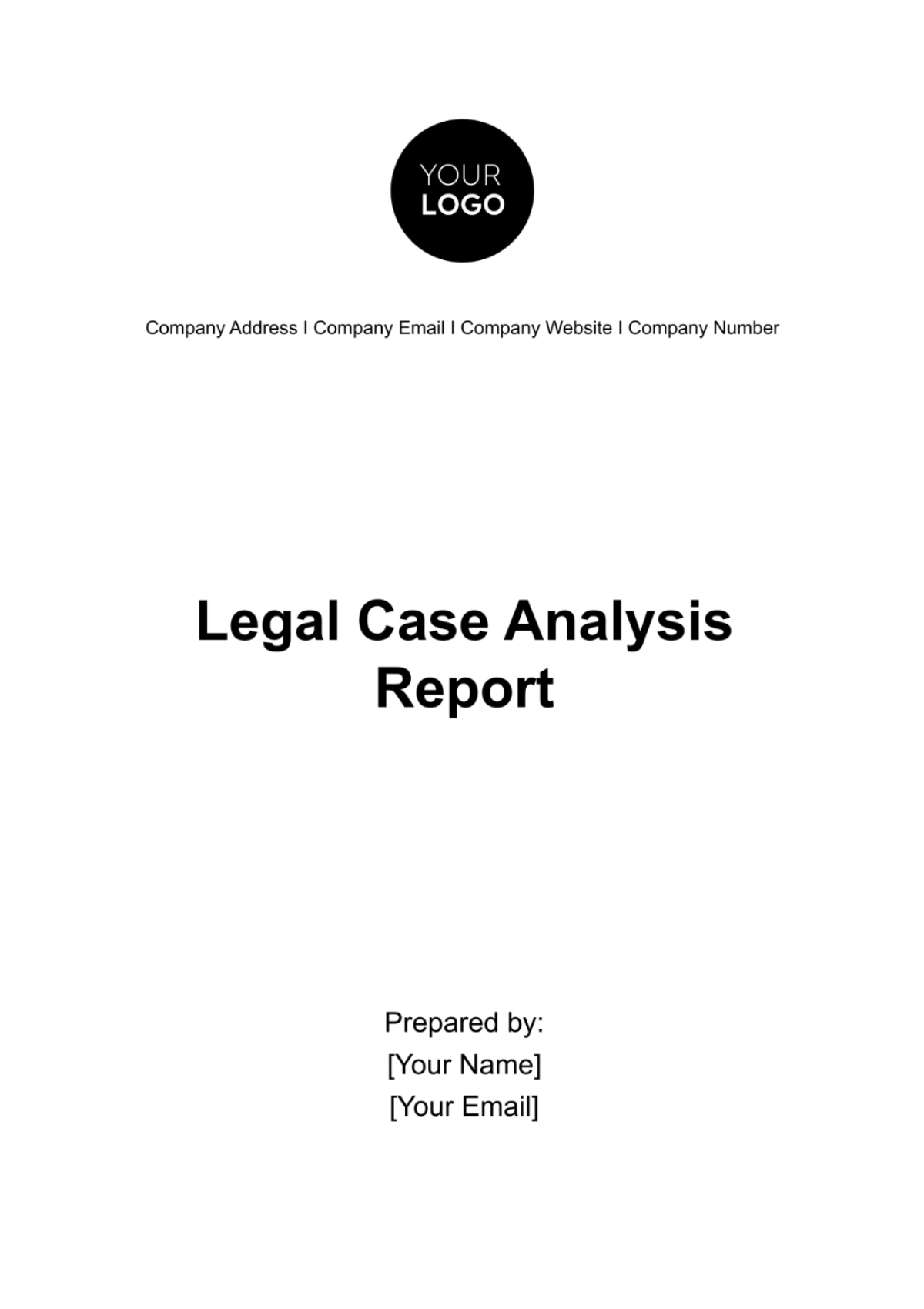
1. Executive Summary
This report delves into the intricate legal challenges that [Your Company Name] has encountered, shedding light on pivotal disputes that have not only tested the resilience of our legal frameworks but also posed significant implications for our business continuity and growth. The essence of this analysis is to provide our esteemed stakeholders, including executives, legal advisors, and department heads, with a granular understanding of the legal intricacies that have recently shaped our operational landscape.
In navigating through the complexities of these legal challenges, the report aims to dissect the multifaceted nature of business law, encompassing contract negotiations, compliance issues, and the unforeseen legal hurdles that have emerged in the dynamic business environment of today. By meticulously analyzing past legal disputes, their outcomes, and the strategies employed, this document endeavors to arm [Your Company Name] with the strategic foresight necessary to navigate future legal terrains with adeptness and confidence.
Central to this report is the emphasis on not just the reactive measures taken in the face of legal adversities but also the proactive strategies that can be forged to insulate our business against potential legal pitfalls. The insights derived from this comprehensive analysis are intended to guide informed decision-making, fostering a culture of legal prudence and strategic foresight within [Your Company Name]. By doing so, we aim to not only safeguard our operational integrity but also to harness legal challenges as catalysts for strengthening our business practices and corporate governance.
2. Case Background
In the early months of [Year], [Your Company Name] was thrust into the legal spotlight due to a contentious dispute with [Partner Company Name], a once-trusted partner with whom we had embarked on numerous collaborative ventures. The crux of this dispute revolved around allegations of contract breaches, which not only strained our long-standing partnership but also brought to the fore the vulnerabilities inherent in our contractual engagements and the oversight mechanisms in place.
This legal confrontation stemmed from a series of complex contractual obligations that were purportedly not honored, leading to a cascade of legal and financial repercussions for both parties involved. The allegations centered around failures to meet delivery timelines, non-compliance with specified quality standards, and breaches of confidentiality clauses, each adding layers of complexity to the dispute.
As this case unfolded, it became a pivotal learning opportunity for [Your Company Name], prompting an introspective evaluation of our contract formulation processes, partner vetting protocols, and dispute resolution mechanisms. The ramifications of this breach extended beyond the immediate legal entanglements, impacting our market reputation, stakeholder confidence, and operational efficiencies.
This section of the report aims to dissect the nuances of the case, from the initial contractual agreements and the points of contention that arose, to the legal arguments presented by both parties and the eventual resolution of the dispute. By unraveling the intricacies of this case, the report seeks to uncover the underlying factors that predisposed our contractual arrangements to such vulnerabilities and to derive actionable insights that can fortify our legal frameworks against similar challenges in the future.
In doing so, this analysis serves not only as a retrospective examination of a significant legal hurdle but also as a forward-looking guide that underscores the importance of robust legal foundations, vigilant oversight, and strategic foresight in mitigating future legal risks and enhancing our business resilience.
3. Legal Standards & Applications
This section of the report focuses on the legal principles central to the dispute between [Your Company Name] and [Partner Company Name], particularly within the framework of contract law. The dispute necessitated a thorough examination of compliance with key statutes, notably the Generic Contract Act [Year] and the Business Transactions Act [Year]. The resolution of the case hinged on the interpretation and application of the following legal concepts:
1. Offer and Acceptance
The principle of offer and acceptance is fundamental to contract formation, entailing a clear proposal by one party and its acceptance by another. The case scrutinized whether the proposals made by [Your Company Name] were unequivocally accepted by [Partner Company Name], thus forming a legally binding agreement. This analysis included the clarity of the proposal, the method of acceptance, and the mutual understanding of the terms.
2. Consideration
Consideration refers to what each party stands to gain from the contract, which may include goods, services, money, or a commitment to specific actions. The dispute examined the legality, definition, and fulfillment of the agreed considerations, assessing whether the value exchange was equitable and executed as per the contract terms.
3. Capacity and Legality
This aspect involved evaluating whether both parties were legally capable of entering into a contract and whether the contract's terms were lawful. It included an assessment of the parties' legal status, the authority of representatives to bind the companies, and the compliance of the contract terms with applicable laws and regulations.
4. Tables & Relevant Data
The following tables provide a structured overview of the key legal standards reviewed, their application to the case, and the resultant decisions. These tables are designed to present a clear, concise summary of the legal issues and outcomes, facilitating a straightforward understanding of the legal challenges and resolutions encountered in the dispute.
Case | Legal Standard | Application | Decision |
|---|---|---|---|
Case 1 | Offer and Acceptance | Detailed analysis of how offers were communicated and accepted | Decision and its basis |
Case 2 | Consideration | Examination of what was exchanged between parties | Decision and its basis |
Case 3 | Capacity and Legality | Assessment of parties' legal capacity and contract terms' legality | Decision and its basis |
Each entry in the tables correlates a legal standard with its specific application to the facts of the dispute, followed by the decisions that were made based on this analysis. This format aims to offer stakeholders a clear depiction of how legal principles were applied and the implications of these applications for the resolution of the case.
5. Key Findings & Implications
Finding 1: Importance of Clear, Unambiguous Contract Terms
The analysis underscores the criticality of drafting contracts with clear, precise language to mitigate the risk of disputes. Ambiguities in contract terms often lead to differing interpretations, which can escalate into legal confrontations. Ensuring that every clause, term, and condition in a contract is unambiguous and mutually understood by all parties is paramount. This practice not only minimizes the likelihood of disputes but also provides a solid foundation for resolving any disagreements that may arise, thereby safeguarding the interests of [Your Company Name].
Finding 2: Significance of Due Diligence
The investigation into the legal capacity of contracting parties highlights the necessity of comprehensive due diligence. Verifying the legal standing, authority, and capacity of entities and their representatives before entering into contracts is essential. This process should include an examination of corporate documents, authority resolutions, and legal compliance status. Adequate due diligence ensures that contracts are enforceable and that parties are capable of fulfilling their obligations, thereby reducing the risk of legal complications.
Finding 3: Value of Documented Communications
The dispute resolution process revealed the indispensable value of maintaining a thorough record of all communications related to contractual agreements. Documented correspondences, negotiations, and clarifications serve as tangible evidence that can clarify intentions, terms, and agreements, significantly aiding in the resolution of disputes. Implementing structured communication protocols and record-keeping practices is crucial for legal safeguarding and efficient dispute resolution.
Finding 4: Financial and Reputational Impacts
The analysis draws attention to the substantial financial and reputational risks associated with legal disputes. Legal confrontations can result in significant financial liabilities, including damages, legal fees, and lost business opportunities. Moreover, the reputational damage from publicized legal disputes can erode stakeholder trust and customer confidence, impacting long-term business viability. This finding emphasizes the need for proactive legal risk management to protect financial stability and brand integrity.
Finding 5: Effectiveness of Mediation and Arbitration
The research into various dispute resolution mechanisms underscores the efficacy of mediation and arbitration over traditional litigation. These alternative dispute resolution (ADR) methods offer a more private, cost-effective, and time-efficient means of resolving conflicts. By incorporating ADR clauses into contracts, businesses can ensure that disputes are settled amicably and swiftly, minimizing disruption and preserving business relationships.
6. Effective Legal Strategies and Recommendations
1. Enhanced Contract Drafting
To address the need for clarity in contract terms, [Your Company Name] should adopt a policy of enhanced contract drafting. This involves the utilization of clear, concise language and the inclusion of definitions for potentially ambiguous terms. Contracts should be structured to outline obligations, deliverables, timelines, and remedies in a straightforward manner. Engaging legal experts in the drafting process can ensure that contracts are comprehensive and legally sound.
2. Rigorous Partner Vetting
Implementing a rigorous partner vetting process is essential for mitigating risks associated with the legal capacity and reliability of contracting parties. This process should encompass a thorough review of potential partners' legal status, financial stability, and compliance history. Establishing a standardized vetting procedure will enable [Your Company Name] to identify and mitigate potential risks before formalizing business relationships.
3. Proactive Dispute Resolution
To minimize the adversarial nature and costs of dispute resolution, [Your Company Name] should proactively include mediation and arbitration clauses in its contracts. These clauses can dictate the preferred ADR method and set guidelines for the process, ensuring that disputes are resolved efficiently. Training contract negotiators on the benefits and implementation of ADR can further enhance the company's dispute resolution capabilities.
2. Legal Training for Staff
Equipping key personnel with basic legal knowledge is crucial for preventing inadvertent contract breaches and legal missteps. Regular training sessions on contract law principles, compliance requirements, and internal protocols can empower staff to recognize and mitigate legal risks in their daily operations. This initiative can enhance the legal acumen across the organization and foster a culture of legal awareness.
3. Continuous Legal Monitoring
Staying informed of legal developments is vital for maintaining compliance and adapting to changing legal landscapes. [Your Company Name] should establish mechanisms for continuous legal monitoring, including subscriptions to legal updates, engagement with legal advisors, and participation in relevant legal forums. This proactive approach will enable the company to anticipate and respond to legal changes that could affect its contracts and operations.
7. Conclusion
In summary, this report provides [Your Company Name] with a comprehensive overview of past legal challenges and actionable strategies to mitigate future risks. By prioritizing clear contract drafting, due diligence, effective dispute resolution, legal training, and continuous monitoring, the company can strengthen its legal foundation. These measures will enhance operational resilience, safeguard against legal pitfalls, and support sustained competitive advantage in the industry.
- 100% Customizable, free editor
- Access 1 Million+ Templates, photo’s & graphics
- Download or share as a template
- Click and replace photos, graphics, text, backgrounds
- Resize, crop, AI write & more
- Access advanced editor
Enhance your legal analysis process with Template.net's Legal Case Analysis Report Template. Utilize our comprehensive AI editor tool to customize and refine the report according to the specifics of your case. Effortlessly tailor the content to highlight key legal arguments, precedents, and findings. With editable features, ensure clarity and accuracy in presenting case details. Elevate your case analysis with efficiency and precision, driving favorable outcomes.
